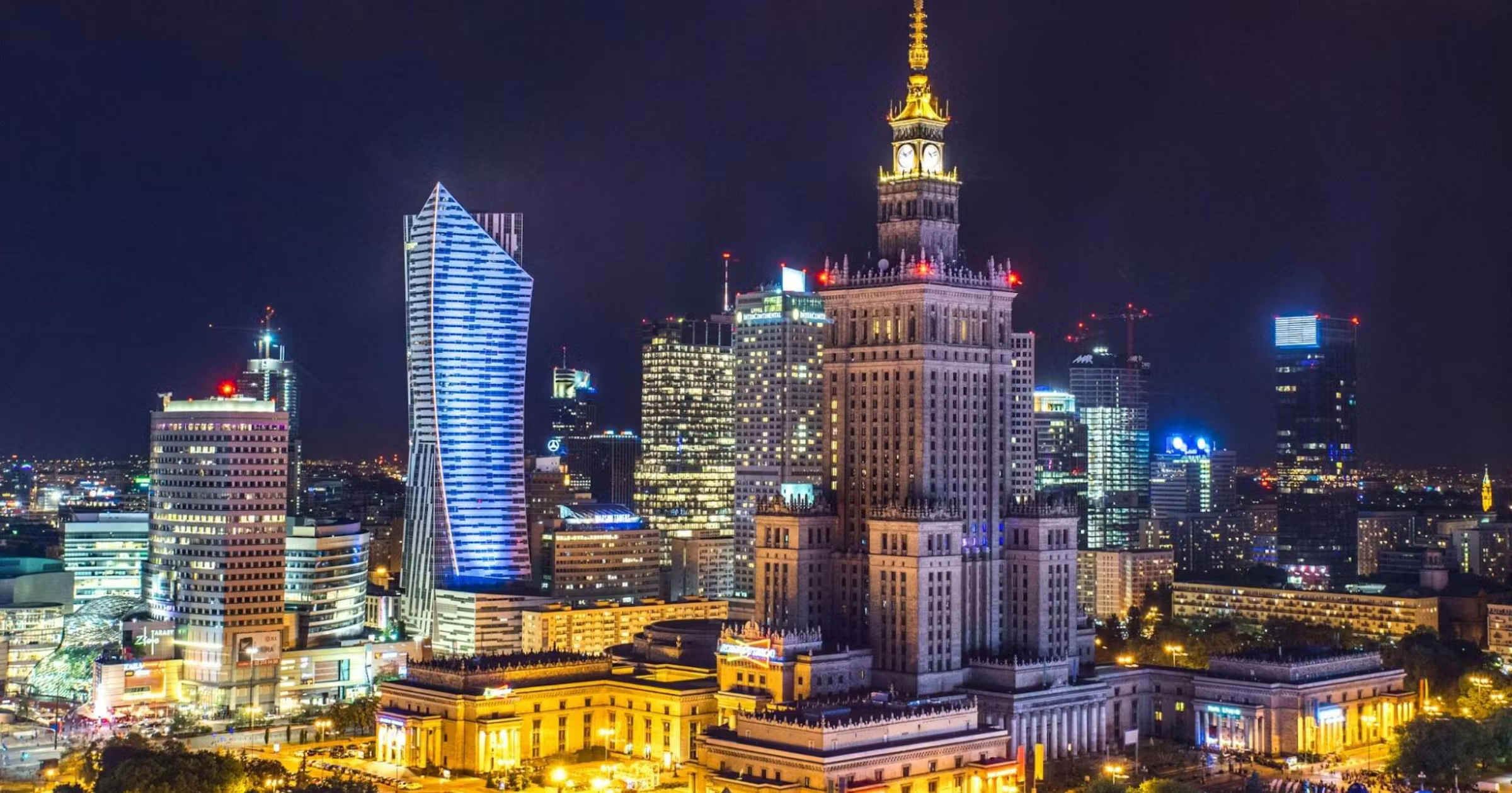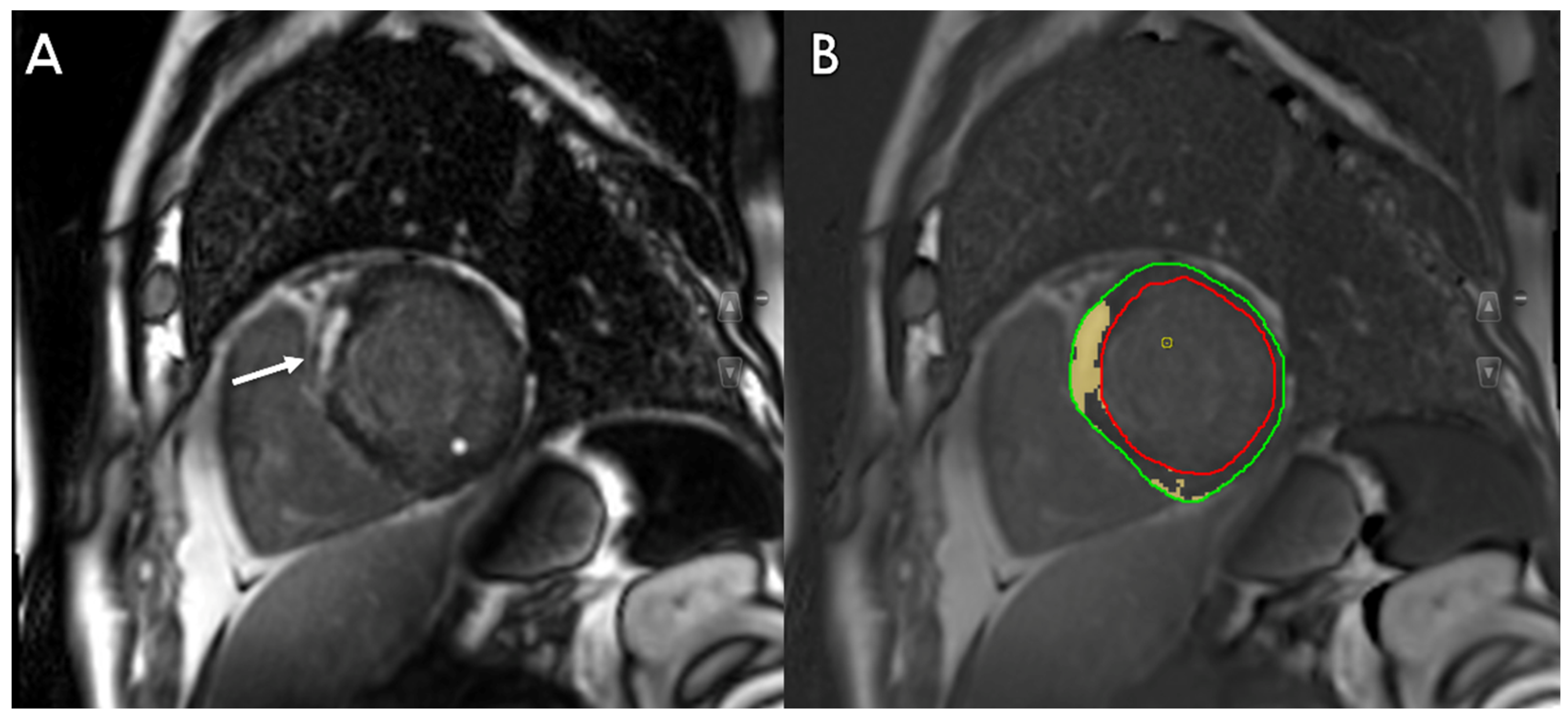Poland is grappling with a significant shortage of professional drivers, a problem exacerbated by the outflow of Ukrainian refugees. This isn't just a minor inconvenience; it's a developing crisis with implications for the entire economy. The shortage is estimated to be around 120,000 drivers, a substantial gap that's disrupting supply chains and impacting businesses across various sectors.
The Roots of the Problem: More Than Just the War
While the war in Ukraine has undoubtedly played a major role, the driver shortage in Poland isn't solely attributable to it. Several converging factors have contributed to this situation:
- The War in Ukraine: Many Ukrainian drivers, who formed a significant portion of Poland's transportation workforce, have returned to their home country to fight or support their families. This sudden exodus has created a large void.
- New Migration Rules: Changes in migration policies have made it more difficult for workers from neighboring countries like Belarus and Moldova to find employment in Poland, further limiting the pool of available drivers.
- Economic Shifts: The changing economic landscape has also influenced drivers' decisions. Some have sought opportunities in other EU countries, where they may find better pay or working conditions.
- Generational Shift: Young people in Poland are increasingly less interested in pursuing careers as professional drivers. The demanding nature of the job, which often involves long hours, frequent trips abroad, and extended periods away from family, is a major deterrent. This lack of interest in the profession is a long-term challenge that needs to be addressed.
The Impact: A Ripple Effect
The driver shortage has far-reaching consequences. Businesses are struggling to transport goods, leading to delays, increased costs, and potential disruptions in supply chains. This can affect everything from the availability of products on store shelves to the timely delivery of essential materials for manufacturing.
For example, imagine a clothing retailer that relies on timely deliveries to stock its shelves. A shortage of drivers could mean delays in receiving new inventory, leading to empty shelves and lost sales. Similarly, a manufacturing company might face production slowdowns if it can't receive raw materials on time.
The Salary Landscape: What Drivers Earn
Driver salaries in Poland vary depending on the type of transport and the routes they cover:
- Domestic Routes: Drivers on domestic routes typically earn between 5,000 and 7,000 zlotys per month.
- International Transport: Drivers involved in international transportation earn significantly more, ranging from 8,000 to 12,000 zlotys per month. This reflects the increased demands and responsibilities of international travel.
- Specialized Transport: Drivers handling specialized cargo, such as hazardous materials or oversized loads, can earn even higher salaries, potentially reaching 15,000 zlotys per month. This is due to the specialized skills and training required.
While the salaries for international and specialized transport are relatively attractive, the demanding lifestyle often deters potential drivers. The long hours, time away from home, and the stresses of navigating international borders and regulations can be significant drawbacks.
The Documents Required: A Necessary Step
To become a professional driver in Poland, certain qualifications and documentation are mandatory:
- Driver's License: A valid driver's license of the appropriate category (C or CE for trucks) is essential.
- Driver Card: A driver card for the digital tachograph is required to record driving time and rest periods, ensuring compliance with regulations.
- Certificate of Professional Competence (CPC): Drivers must obtain a CPC, demonstrating their professional skills and knowledge.
- Medical Certificate and Psychological Assessment: Drivers need to undergo medical examinations and psychological assessments to ensure they are fit for the job.
These requirements are in place to ensure road safety and maintain professional standards within the transportation industry.
The Foreign Worker Dynamic: A Key Component
Foreign workers, particularly Ukrainians, have played a crucial role in Poland's transportation sector. Before the war, a significant portion of the driver workforce consisted of individuals from Ukraine, Belarus, and Moldova. The statistics highlight the scale of this reliance:
For context, before the war, a large percentage of foreign workers in Poland were Ukrainians. They represented a substantial portion of the workforce across various sectors, including transportation. This reliance on foreign labor underscores the importance of addressing the current shortage and finding long-term solutions.
Looking Ahead: Potential Solutions and Challenges
Addressing the driver shortage requires a multi-pronged approach. Some potential solutions include:
- Attracting Young People: Efforts need to be made to make the driving profession more appealing to young people. This could involve improving working conditions, offering competitive salaries and benefits, and promoting the industry as a viable career path. Apprenticeship programs and training initiatives could also play a crucial role.
- Streamlining Immigration Processes: While ensuring proper vetting and regulations, Poland could consider streamlining immigration processes for qualified drivers from non-EU countries to fill the immediate gap.
- Investing in Technology: Investing in technologies that can improve efficiency and reduce the physical demands of driving could make the profession more attractive. This could include things like automated driving systems and improved logistics software.
- Improving Working Conditions: Addressing the concerns of existing drivers regarding working conditions, such as long hours and time away from home, is crucial for retaining experienced professionals. This could involve implementing better scheduling practices, providing more rest stops and facilities for drivers, and ensuring fair compensation.
The driver shortage in Poland is a complex issue with no easy solutions. It requires a concerted effort from the government, businesses, and industry organizations to address the root causes and implement effective strategies to attract and retain drivers. The long-term health of the Polish economy depends on finding a sustainable solution to this growing crisis.
The Ukrainian Perspective: Finding Work in Poland
While the driver shortage presents a challenge for Poland, it also presents opportunities for Ukrainians seeking employment. Analysts predict that several sectors in Poland will remain open to Ukrainian workers in the coming years. These sectors include:
- Warehousing and Logistics: The demand for unskilled labor in warehouses, particularly in sectors like clothing, pharmaceuticals, printing, and plastic, rubber, and metal parts, is expected to remain high. This presents a viable option for Ukrainians seeking immediate employment.
While driving may not be the only option, the broader job market in Poland offers various avenues for Ukrainian refugees to find work and rebuild their lives. The skills and experience they bring will continue to be valuable to the Polish economy.






























0 Comments